Step into a skin transformation that unveils a radiant, rejuvenated complexion.

Revelation of Radiance
At Nova Clinic, chemical peels are a revelation in skincare. Utilizing a potent blend of naturally derived acids and active ingredients, our peels deeply exfoliate, stimulate collagen production, and promote new cell growth. The result? A complexion that’s not just radiant but visibly rejuvenated and younger-looking.
How Do Our Chemical Peels Work?
Our carefully curated peels leverage the exfoliating power of specific acids to remove the outermost layer of dead skin, revealing the smoother, healthier skin beneath. This process accelerates cell turnover and boosts collagen and elastin production, effectively diminishing fine lines, wrinkles, and other signs of aging. The targeted application of our chemical solutions also addresses various skin concerns, including pigmentation, acne, and sun damage, transforming and correcting your skin.
The Benefits of Choosing Nova Clinic’s Chemical Peels:
Radiant, Youthful Complexion: Achieve clearer, more luminous skin that feels as good as it looks.
Revived Dull Skin: Say goodbye to dullness and uneven texture for a smoother, more vibrant appearance.
Reduced Signs of Aging: Witness the diminishment of fine lines and wrinkles, revealing firmer, plumper skin.
Corrected Sun Damage and Pigmentation: Even out skin tone and reduce the appearance of age spots and hyperpigmentation.
Customized Treatment Plans: Our skin specialists recommend a personalized course of peels tailored to your skin type and concerns, ensuring optimal results.
Embark on your journey to flawless skin with a chemical peel treatment designed just for you.
From Chemical Peels
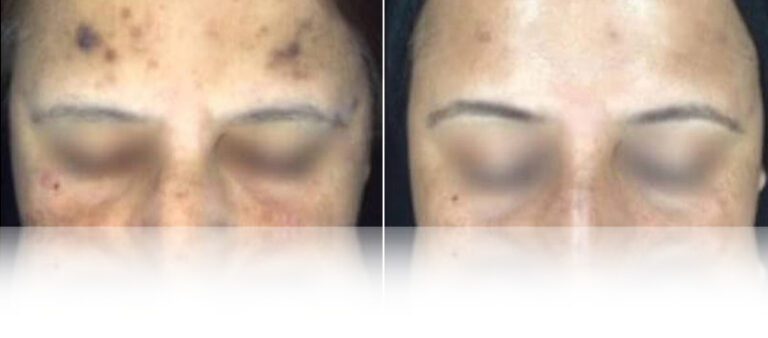
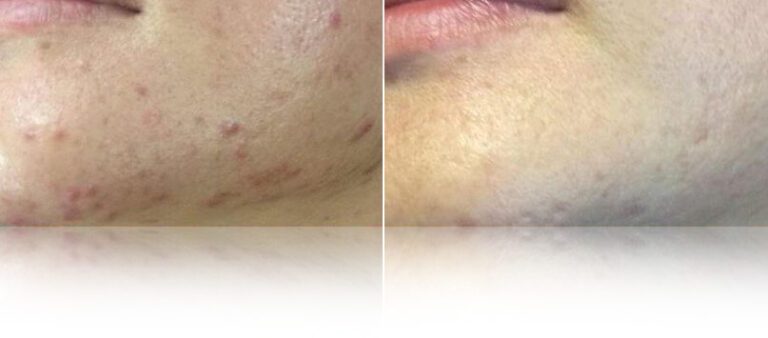
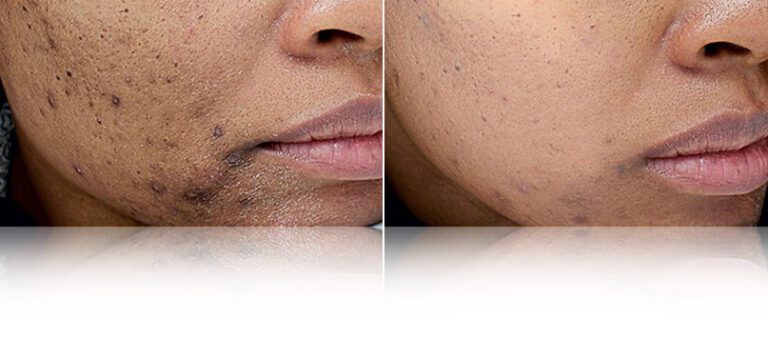
Revel in the heightened skin firmness and rejuvenation, courtesy of our peels’ powerful actives.
Experience a tactile transformation as your skin’s texture becomes exceptionally smooth post the refining action of our peels.
Unveil a complexion that not only resonates with youthfulness but also exudes an irresistible glow, testament to the resurfacing power of our peels
Skinceuticals Gel Peel
Designed as an in-clinic treatment for sensitive skin or those new to chemical peels to help restore radiance and brightness to dull, rough textured skin. Skin will appear brighter, more radiant and refreshed. The peel can also be used as a companion treatment for microneedling or Babyface.
£85
Skinceuticals Micro Peel
Designed as an in-clinic treatment to restore radiance and brightness to dull, lacklustre skin experiencing mild discolouration, signs of ageing and rough texture. A course of Micropeel treatments is recommended to achieve optimum results.
£95
Skinceuticals Bespoke Pigment Balancing Peel
Designed as an in-clinic treatment to target discoloration and improve uneven appearance of photodamaged skin, providing powerful exfoliation to accelerate skin renewal and brighten skin. A course of Pigment Balancing Peel treatments is recommended to achieve optimum results.
£105
Dermaquest Lactic acid Resurfacer
Ideal for most skins, even more sensitive skins, lactic acid resurfacer is gentle while actively exfoliating, brightening and helping to even skin tone. paired with hyaluronic acid, this treatment is the ultimate in gentle yet effective professional treatments. This is an ideal first resurfacer treatment because of its many benefits. Best for all skins, no downtime required.
Single Treatment - £95
Course of 3 - £242
Dermaquest Salicylic acid Resurfacer
This resurfacer uses 20% salicylic acid to reduce redness and inflammation associated with acne as it prevents future breakouts. By targeting blemish-causing bacteria, it effectively releases hardened sebum while controlling inflamed pustules and redness associated with blemishes. Best for extremely oily, cystic acne or congested skin that is balanced (proper water balance in the skin)
Single Treatment - £80
Course of 3 - £204
Dermaquest Power Peptide Resurfacer
Power peptide resurfacer decreases wrinkle depth and lifts lines, provides an instant lift to the skin with increased firmness while providing a deep exfoliation for a smoother, firmer complexion.best for: anti-aging, providing an immediate plumping and firming of the skin, pre-event treatment. No downtime.
Single Treatment - £80
Course of 3 - £204
Dermaquest Glycolic acid Resurfacer
This deeply exfoliating treatment uses a unique blend of anti-aging ingredients to retexture damaged skin. using 30% glycolic acid and lilac plant stem cells to protect skin from environmental pollution, this is an ideal treatment for those with significant uv damage – however not an ideal choice for a sensitive skin.Best for aging skin, retexturizer uneven skin tone, general age fighting benefits
Single Treatment - £80
Course of 3 - £204
Dermaquest Mangobrite resurfacer
Improves skin brightness, refine the appearance of fine lines and wrinkles to combat stubborn pigmentation – all in one brilliant professional treatment, mangobrite resurfacer.
Single Treatment - £80
Course of 3 - £204
Dermaquest Power Pumpkin Resurfacer
Power pumpkin resurfacer was designed to meet the needs of those with acne concerns and enlarged pores as well as those with resilient skin with pigmentation concerns. Pumpkin pulp and salicylic acid help to prevent and treat acne for breakout prone skins. Lactic acid provides additional exfoliation, hydrating and brightening to this treatment not only relieving post-inflammatory hyperpigmentation (pih) while also improving skin tone and texture. Best for thicker, oily skin, acne grades 2-4 and more advanced sun damage.
Single Treatment - £80
Course of 3 - £204
Dermaquest Modified Jessner Peel
Modified Jessner Peel is an all-inclusive peel for stubborn acne management, post inflammatory hyperpigmentation and improving rough textured skin. Recommended for acne grades 2-4, thick resilient oily and congested skin. This treatment in a series will significantly reduce pih, calm inflamed pustules and irritation. Safe for all fitzpatrick skin types, not recommended for sensitive skin. Downtime required.
Single Treatment - £80
Course of 3 - £330
Dermaquest TCA Salicylic Peel
This is the ideal age fighting peel formulation to restore and rebuild damaged skin showing signs of aging like fine lines, wrinkles and loss of firmness. Recommended for moderate aging and texture concerns, visible lines and wrinkles. safe for all fitzpatrick skin types, downtime required.
Single Treatment - £80
Course of 3 - £204
Dermaquest SkinBrite Peel
Combining lactic, mandelic and phytic acids to work together to brighten skin and create even skin tone, mandelic acid acts as an effective tyrosinase inhibitor. Recommended for melasma, hyperpigmentation, dull and lifeless skin with hormonal breakouts. Appropriate for all fitzpatrick skin types, not for sensitive skin. Downtime required.
Single Treatment - £80
Course of 3 - £204





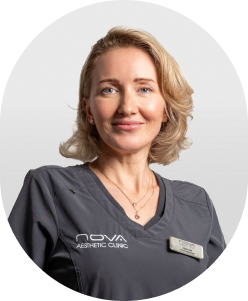




About Chemical Peels
Chemical peels can be broadly categorised into three main types: light peels, medium peels, and deep peels. Light peels, also known as superficial peels, utilise milder acids like glycolic acid, lactic acid, or salicylic acid to provide gentle exfoliation and skin rejuvenation. These peels only affect the outermost layers of the skin, making them safe for all skin types, including darker skin tones. The recovery time for light peels is minimal, with mild redness and flaking lasting just a few days. Clients can usually return to their normal activities immediately after treatment. Medium chemical peels, on the other hand, use stronger acids like trichloroacetic acid (TCA) to penetrate deeper into the skin. These peels target moderate skin concerns such as uneven skin tone, acne, and moderate sun damage. The recovery period for medium chemical peels is longer than that of light peels, with more significant redness, swelling, and peeling lasting for 1-2 weeks. Deep chemical peels involve the use of potent chemical solutions like phenol or high concentrations of TCA that reach the deeper layers of the skin. These peels are designed to treat severe skin issues like deep acne scarring, significant sun damage, and advanced signs of ageing. Due to their intensity, deep chemical peels require the most extensive healing time, with some swelling, crusting, and peeling for 2-4 weeks.
Chemical peels can be customised to address various skin types and concerns. Light chemical peels, such as glycolic acid or salicylic acid peels, are generally safe for all skin types, including darker skin. However, medium and deep chemical peels may not be suitable for all skin types due to the risk of complications like hyperpigmentation or scarring. Clients with sensitive skin, a history of keloids, or certain medical conditions may also need to avoid certain types of chemical peels. A thorough consultation with a skincare professional is necessary to determine the best chemical peel for your specific skin type, concerns, and goals. During the consultation, the professional will analyse your skin, discuss your expectations, and recommend the most appropriate peel based on your unique needs.
The recovery process after a chemical peel depends on the type of peel performed. For light peels, clients can expect mild redness and flaking for a few days following the treatment. However, they can typically return to their normal activities immediately after the procedure. Proper aftercare, including the use of gentle skincare products and sun protection, is crucial to ensure optimal results and prevent complications. Medium chemical peels involve a more significant recovery period, with redness and peeling lasting 1-2 weeks. During this time, it’s essential to follow the skincare professional’s aftercare instructions, such as using gentle cleansers, avoiding sun exposure and any exercise for 48h. It’s also essential to avoid picking at the peeling skin, as this can lead to scarring or infection. Deep chemical peels require the most extensive healing time, with significant swelling, crusting, and peeling for 2-4 weeks. Clients may need to take time off work and follow a strict aftercare routine, including applying prescribed ointments, keeping the skin clean, and using cold compresses to minimise swelling. In some cases, the skincare professional may recommend oral medications or additional treatments to facilitate the healing process and ensure the best possible results.
Chemical peels can effectively address a wide range of skin concerns, such as acne, pigmentation, uneven skin tone, fine lines, and wrinkles. The specific type of peel used, whether it’s a light peel, medium peel, or deep peel, will determine the degree of improvement clients can expect. For instance, superficial peels can help with mild acne, minor pigmentation issues, and mild sun damage, while medium peels can address more severe acne, moderate sun damage, and deeper wrinkles. Deep peels provide the most dramatic results, targeting severe skin issues like deep acne scarring, significant sun damage, and advanced signs of ageing. Combining chemical peels with other cosmetic procedures, such as microdermabrasion, laser treatments, or dermal fillers, can further enhance skin rejuvenation results. This combination of treatments can target multiple skin concerns simultaneously, providing a comprehensive approach to skin improvement.
Chemical peels can be combined with other skincare treatments to achieve better results. For example, microdermabrasion, microneedling, or dermal fillers can be used alongside chemical peels to address various skin concerns and promote even skin texture and tone. Combining treatments allows for a more comprehensive approach to skin rejuvenation, targeting multiple concerns at once and providing clients with a more dramatic overall improvement. It’s essential to consult with a skincare professional to determine the best combination of treatments for your specific needs. They will assess your skin, discuss your goals and expectations, and develop a customised treatment plan to help you achieve the best possible results.
The frequency of chemical peels depends on the type of peel and the client’s specific skin concerns. Light peels can be performed every 2-3 weeks, while medium and deep peels may require more extended periods between treatments to allow for proper healing and skin recovery. A skincare professional will be able to recommend the optimal treatment plan to maintain healthy, rejuvenated skin. Regular chemical peels can help maintain an even skin tone, smooth texture, and youthful appearance. However, it’s crucial to consider any potential long-term effects, such as increased sun sensitivity, changes in skin pigmentation, or a risk of scarring. Ensuring proper aftercare, following the skincare professional’s recommendations, and protecting your skin from the sun are essential steps to minimise potential complications and maintain beautiful, healthy skin.
I’ve been going to this clinic for a few years now and I just love it! It is very fancy but affordable. The staff are lovely! The manager, Christina is an angel from heaven.
Rachel Christina

I had the pleasure of visiting Nova for a skin consultation to understand more about my skin. They thoroughly discussed various options/treatments to enhance the condition of my skin.
Maryann D

Great experience with Dr Simmonds! I travel all the way from Essex to Greenwich, because the staff at Nova clinic are highly skilled and professional.
Leonie Lombard

A fantastic clinic; the environment is inviting and the staff are friendly, polite and knowledgable.
Julia

Thank you again for your high quality expertise & gentleness. Always a pleasure to come to Nova.
Tomris


I’ve been going to this clinic for a few years now and I just love it! It is very fancy but affordable. The staff are lovely! The manager, Christina is an angel from heaven.
Rachel Christina

I had the pleasure of visiting Nova for a skin consultation to understand more about my skin. They thoroughly discussed various options/treatments to enhance the condition of my skin.
Maryann D

Great experience with Dr Simmonds! I travel all the way from Essex to Greenwich, because the staff at Nova clinic are highly skilled and professional.
Leonie Lombard

A fantastic clinic; the environment is inviting and the staff are friendly, polite and knowledgable.
Julia

Thank you again for your high quality expertise & gentleness. Always a pleasure to come to Nova.
Tomris


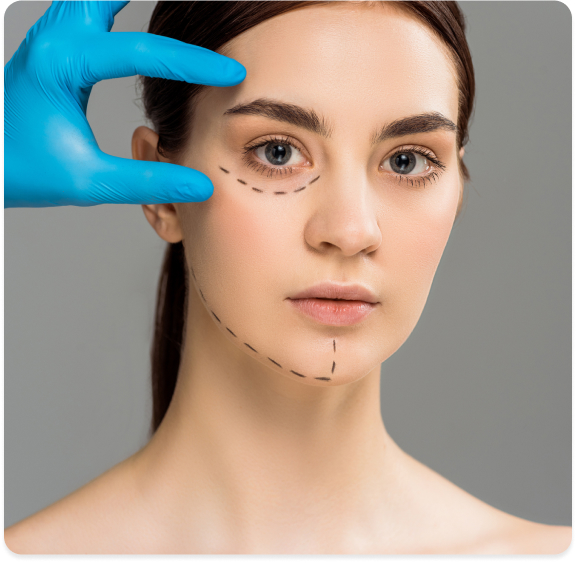
Let us know if you have any questions.
Nova Aesthetic @ 2024. Powered By Fast Digital
2024 – Powered by Fast Digital